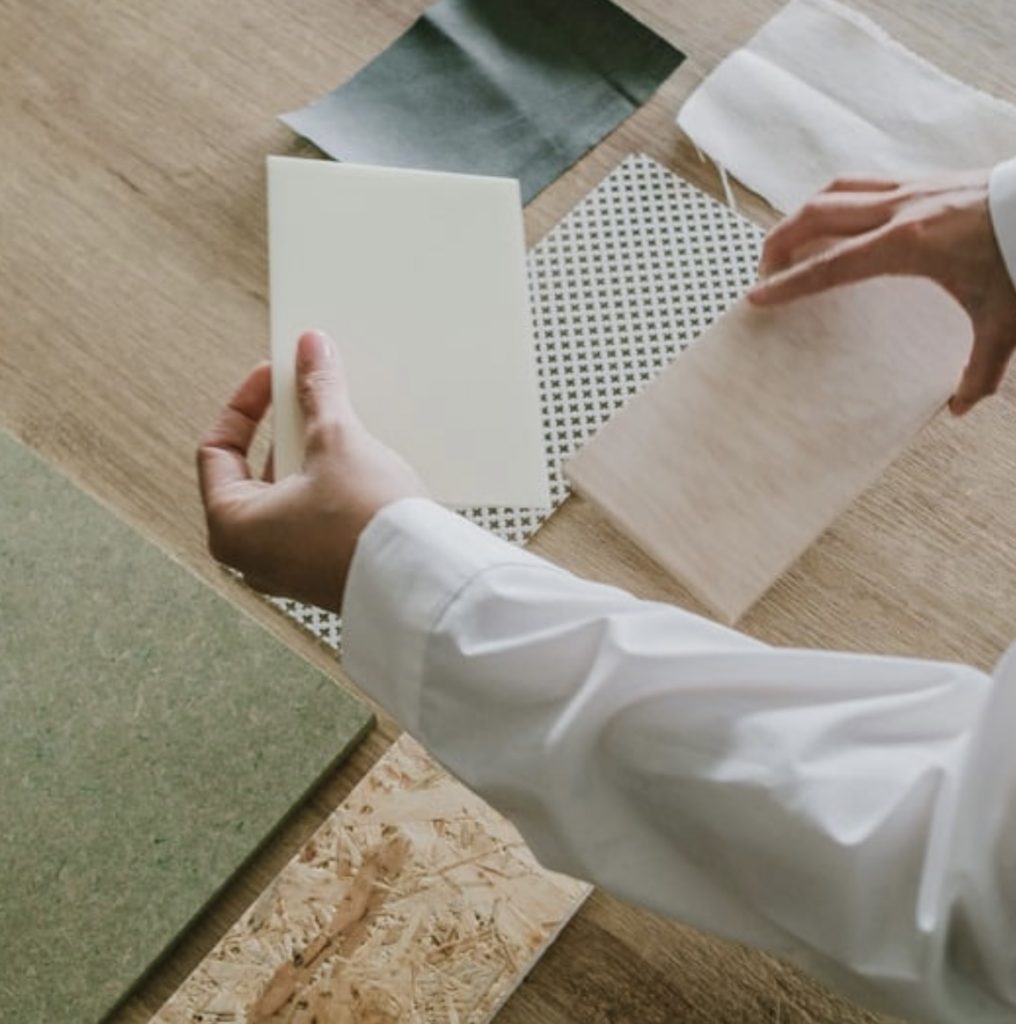
The construction industry is rapidly evolving, with a growing focus on sustainability. Using eco-friendly building materials not only helps reduce environmental impact but also creates healthier spaces for occupants. Here are some top sustainable materials making waves in modern construction:
1. Recycled Steel
Steel is a durable and versatile material often used in construction. By choosing recycled steel, builders can reduce the need for raw material extraction, significantly lowering the carbon footprint of a project.
- Why it’s sustainable: It can be recycled indefinitely without losing strength.
- Best uses: Structural frames, roofing, and reinforcement.
2. Bamboo
Bamboo is a renewable material that grows quickly and has incredible tensile strength. It’s gaining popularity as a sustainable alternative to traditional wood.
- Why it’s sustainable: It regenerates rapidly, sometimes within months.
- Best uses: Flooring, paneling, and furniture.
3. Hempcrete
Hempcrete is a biocomposite material made from hemp fibers, lime, and water. It’s lightweight, durable, and offers excellent insulation properties.
- Why it’s sustainable: Hemp absorbs CO2 as it grows, making it carbon-negative.
- Best uses: Wall insulation, non-load-bearing walls.
4. Reclaimed Wood
Reclaimed wood repurposes old timber from deconstructed buildings, pallets, or other sources, giving it new life in modern projects.
- Why it’s sustainable: It reduces the demand for new lumber and minimizes waste.
- Best uses: Flooring, beams, and decorative elements.
5. Insulated Concrete Forms (ICFs)
ICFs are made from a combination of recycled foam and concrete, providing excellent energy efficiency.
- Why it’s sustainable: They reduce heating and cooling costs by improving insulation.
- Best uses: Walls and foundations.
6. Solar Reflective Roofing
These materials are designed to reflect more sunlight and absorb less heat, reducing energy consumption in buildings.
- Why it’s sustainable: Helps lower energy use for cooling, especially in hot climates.
- Best uses: Commercial and residential rooftops.
7. Recycled Plastic
Plastic waste can be transformed into durable building materials, such as bricks, tiles, or insulation.
- Why it’s sustainable: It diverts plastic waste from landfills and reduces the need for virgin plastic.
- Best uses: Paving, insulation, and modular blocks.
8. Low-VOC Paints and Finishes
Volatile organic compounds (VOCs) in traditional paints and finishes can harm indoor air quality. Low-VOC alternatives are safer for both people and the environment.
- Why it’s sustainable: Reduces harmful emissions during application and over time.
- Best uses: Interior and exterior finishes.
The Benefits of Sustainable Building Materials
- Energy efficiency: Many eco-friendly materials help reduce energy consumption.
- Healthier living spaces: Non-toxic materials improve indoor air quality.
- Environmental impact: They minimize waste, lower carbon emissions, and promote renewable resources.
Conclusion
Adopting sustainable building materials is a step toward a greener future. Whether you’re planning a small renovation or a large construction project, choosing eco-friendly options can make a big difference for both the environment and your long-term savings.
Are you considering sustainable options for your next project? Contact us today to discuss how we can incorporate these materials into your build!
